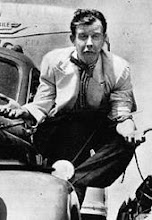Some shots of what we've been up to here in beautiful Arizona...
Getting back to our elementary school roots: Thursday night kickball!!!

Two weeks ago we drove 60 miles north to Rock Springs, AZ in search of some real cowboys playing their vintage Gretsch guitars. Here's what we found:




Still at it after all these years, Cecil and the Boys:

A few weeks back, we caught Dave Gonzalez (in blue) at the Rhythm Room with his new band, The Stone River Boys. Helluva show!!! ... and a helluva nice guy:

We hiked up South Mountain last Sunday. Carolyn and Joe taking photos on the way to the summit:

Carolyn and Joe climbing:


That's me standing on top of that there rock:

Oogah Boogah Joe:

Me and a cactus:


And a couple shots from school today: as I was carving out the top braces for the acoustic, I started getting these great little curly wooden shavings... no biggie but a cool little something that happens along the way to building a beautiful instrument.



Still haven't gotten the electric in the spray booth but I'm thinking this thing is gonna look great when it is done. I spent a weekend and a day & 1/2 at school finish sanding the guitar (removing the big n' ugly scars in the wood), an absolutely crucial and unglamorous step but hopefully one that will prove worthwhile when this thing is lacquered...






























